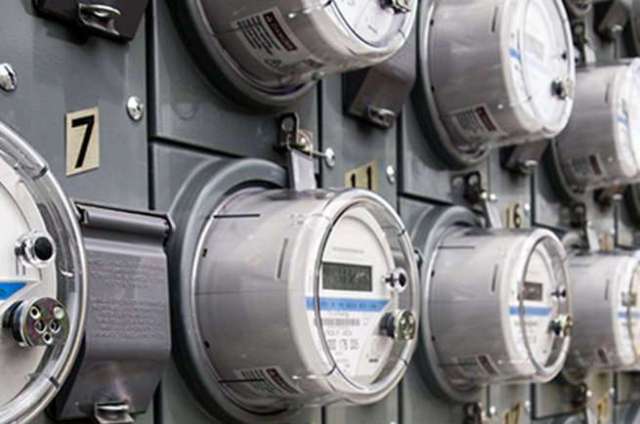 Telecom industry association GSMA has revealed how telecom operators’ Mobile IoT networks can derive benefits from the connected energy market globally.
Telecom industry association GSMA has revealed how telecom operators’ Mobile IoT networks can derive benefits from the connected energy market globally.
The European connected energy market — estimated to be worth $26 billion by 2026 — will be assisting the deployment of new Mobile IoT networks by telecom operators.
The development assumes significance because only handful of telecom operators in Europe and other key markets are showing interest in the mobile IoT deployment due to lack of strong use cases and lack of support from enterprise for IoT connectivity.
Mobile IoT networks support mass-market IoT applications for use cases including connected energy solutions such as water and gas metering, smart grids, electricity and energy monitoring. Adoption of mobile IoT among energy sector requires massive investment from telecom operators. Due to a slowing down of economy, IoT business is yet to be fully tapped.
Mobile operators in IoT
Deutsche Telekom, which announced an early deployment of 5G, has already deployed NB-IoT networks for smart metering and smart lighting solutions in several locations in The Netherlands, including Amsterdam and Rotterdam.
Vodafone is working on a number of initiatives including a water metering project in Valencia using NB-IoT. Vodafone is one of the leading telecom operators in the IoT segment. Vodafone is yet to make any trial on 5G.
American telecom operator AT&T is working with Capstone Metering in the U.S to monitor water usage using LTE-M.
China Mobile is piloting NB-IoT for water quality monitoring across several locations in Asia Pacific, the largest global market for smart metering applications.
China Unicom is using NB-IoT to collect readings from energy and water meters and is working with an energy company, SoftGrid on a smart cities project.
There are 21 commercial Mobile IoT networks available from 14 operators, including AT&T, Telstra and Verizon (LTE-M), as well as 3 Hong Kong, China Mobile, China Telecom, China Unicom, Deutsche Telekom, KT, LG Uplus, M1 and Vodafone (NB-IoT). Etisalat and Turkcell have launched both NB-IoT and LTE-M.
The GSMA report on IoT deployments did not mention about Indian telecom operators such as Bharti Airtel, BSNL, Reliance Jio, Idea Cellular, Aircel, among others.
IoT use cases
They support IoT applications that are low-cost, use low data rates, require long battery lives and often operate in remote and hard to reach locations making them ideal for the connected energy sector.
Mobile networks are already supporting the smart electric metering market, but now other sectors such as water and gas metering are turning their attention to the benefits of adopting NB-IoT and LTE-M networks due to low power and better ground penetration.
Machina Research highlights the growth opportunity in the emerging connected energy market that could connect approximately 158 million new smart meters on LPWA networks across Europe. The number of connections in Europe could be further increased if the 60 million cellular connections are also included with LPWA.
“There is a real sense of momentum behind the roll-out of Mobile IoT networks with multiple global launches, however, there is still a huge runway for growth. We encourage operators to act now to capitalise on this clear market opportunity and further accelerate the development of the IoT,” said Alex Sinclair, chief technology officer of GSMA.
The connected energy market, including applications related to the generation and transportation of energy, microgeneration, smart grid and distribution monitoring and smart metering, is worth an estimated $11.7 billion.
The European connected energy market represents approximately 21 percent of all global revenues, with Asia Pacific claiming 54 percent and the Americas 21 percent.
The European Commission recently published a proposal indicating that approximately 200 million electricity smart meters and 45 million gas meters will be rolled out by 2020. The Commission also estimates that by 2020, approximately 72 percent of Europeans customers will have a smart meter for electricity and about 40 percent for gas.
“We are moving towards the digitalisation of gas networks, a transformation from “pipe-centric” systems to “data-centric” systems. To make this happen, reliable communication means are a must and the arrival of NB-IoT and LTE-M represents an acceleration of this evolution,” said Gianfranco De Feo, executive director, Shanghai Fiorentini.





